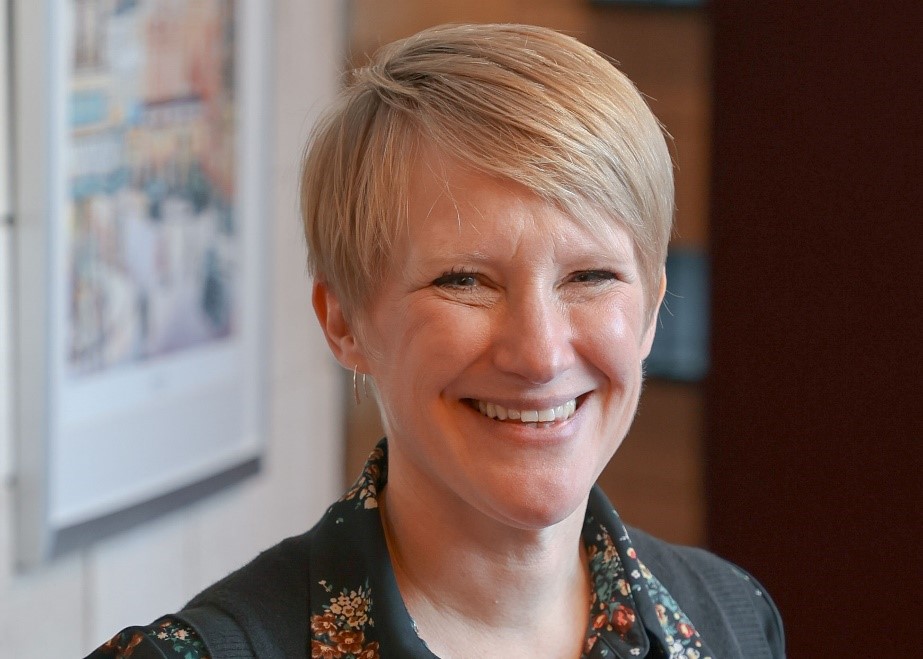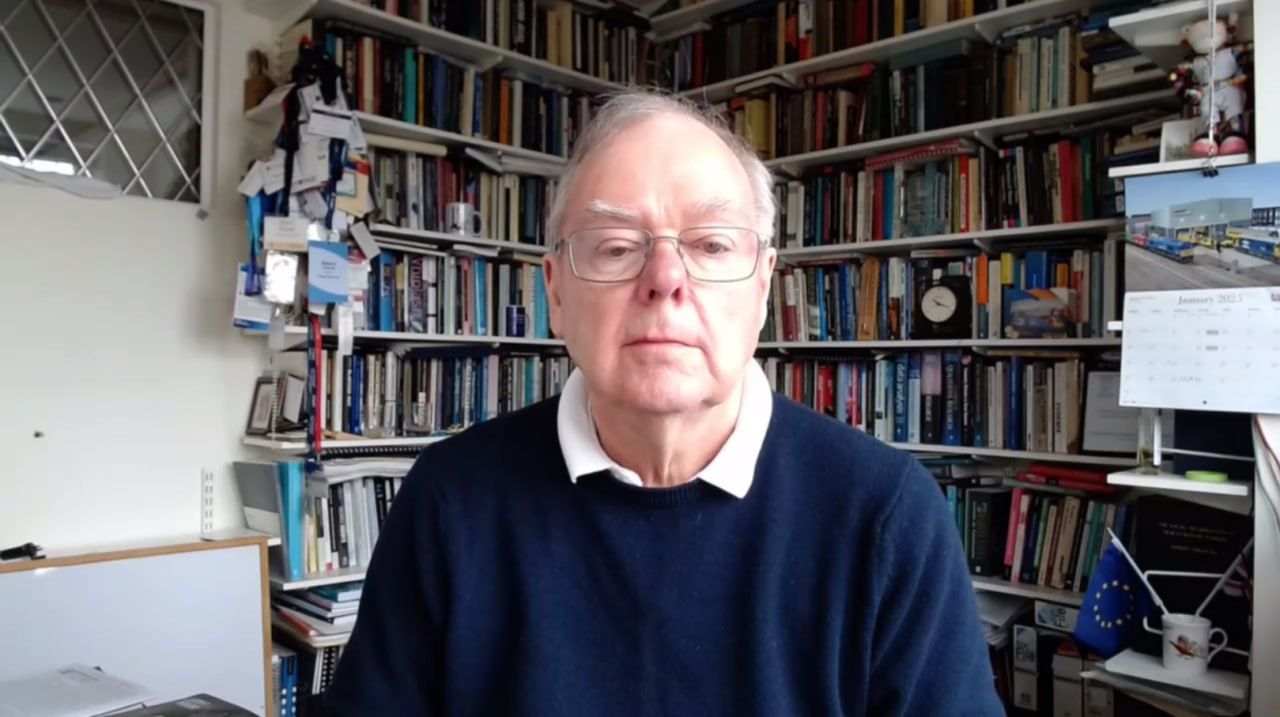Disconnected Britain: The Real Barriers Behind the Digital Divide
Millions in the UK are locked out of essential services—not because of poor signal, but because of poverty, low

Millions in the UK are locked out of essential services—not because of poor signal, but because of poverty, low digital skills, and inaccessible design. As Katie Heard from the Good Things Foundation explains, digital exclusion is a moving target. A broken device or missed payment can cut someone off entirely. Bridging the divide means more than better tech—it means real investment in skills, affordable access, and services designed for everyone.
1-What do you think is the primary cause of the digital divide in the UK today—lack of infrastructure, affordability, or digital skills.
Digital skills is the primary cause of digital exclusion. Close to 8 million people in the UK are unable to do the very basic things that they need to do to ensure that they are online. The majority of these people are over 65, so not working age, but there are about a quarter who are working age.
Poverty is a huge driver of digital exclusion. This means people not being able to afford their monthly mobile phone or broadband bills, but also not being able to afford a suitable device. One of the big challenges is having enough money available for if a device breaks and being able to replace it if necessary.
Digital exclusion is a dynamic state. One week you could be included but breaking a device or a change in circumstances means you have to cancel your contracts. The pace of change of technology also means that people could have the skills this year, but the onset of new technology means they could be excluded again within a very short space of time.
2- How has the digital divide affected vulnerable groups, such as older people, people with disabilities, or those on low incomes? Can you give specific examples of these challenges?
It means people can become isolated as they are unable to stay in contact with family and friends. It also can significantly impact on an individual’s ability to keep up with bills and commitments that help them take part in the online world. For example, without a suitable device and internet connection individuals on universal credit may be unable to complete their journal and so face sanctions and maybe even lose income. Others may not be able to confirm health appointment details. Many secondary care appointments are sent via text message with a link included that takes you to a website where you can confirm you will attend your appointment. Without a smart phone you are unable to do this.
There are some great digital exclusion case studies and personas available on the LOTI website
3- What role do private companies and the tech industry have in addressing the digital divide? Should they be doing more to ensure equitable access?
It’s about good design. Making sure they design a service that allows everyone to access their service, with or without an internet connection. Providing customers with choice of how they access services and not assuming that a digital service will reach everyone that needs it. Our seminar series above links to some good design principles for these service
4- Looking ahead, do you believe the UK will be able to fully bridge the digital divide by 2030? What do you see as the most critical steps moving forward?
It’s unlikely due to the pace of technological change and the significant lack of investment in digital skills in schools and amongst adults for such a long time now. Without a re-prioritization of investment in this space, people will continue to be left further and further behind as the pace of technological change continues. The DSIT digital inclusion action plan, starts us on the journey but there is still much more to do to consider, skills, access, confidence and ensuring that services can be accessed by all in a supported way.









